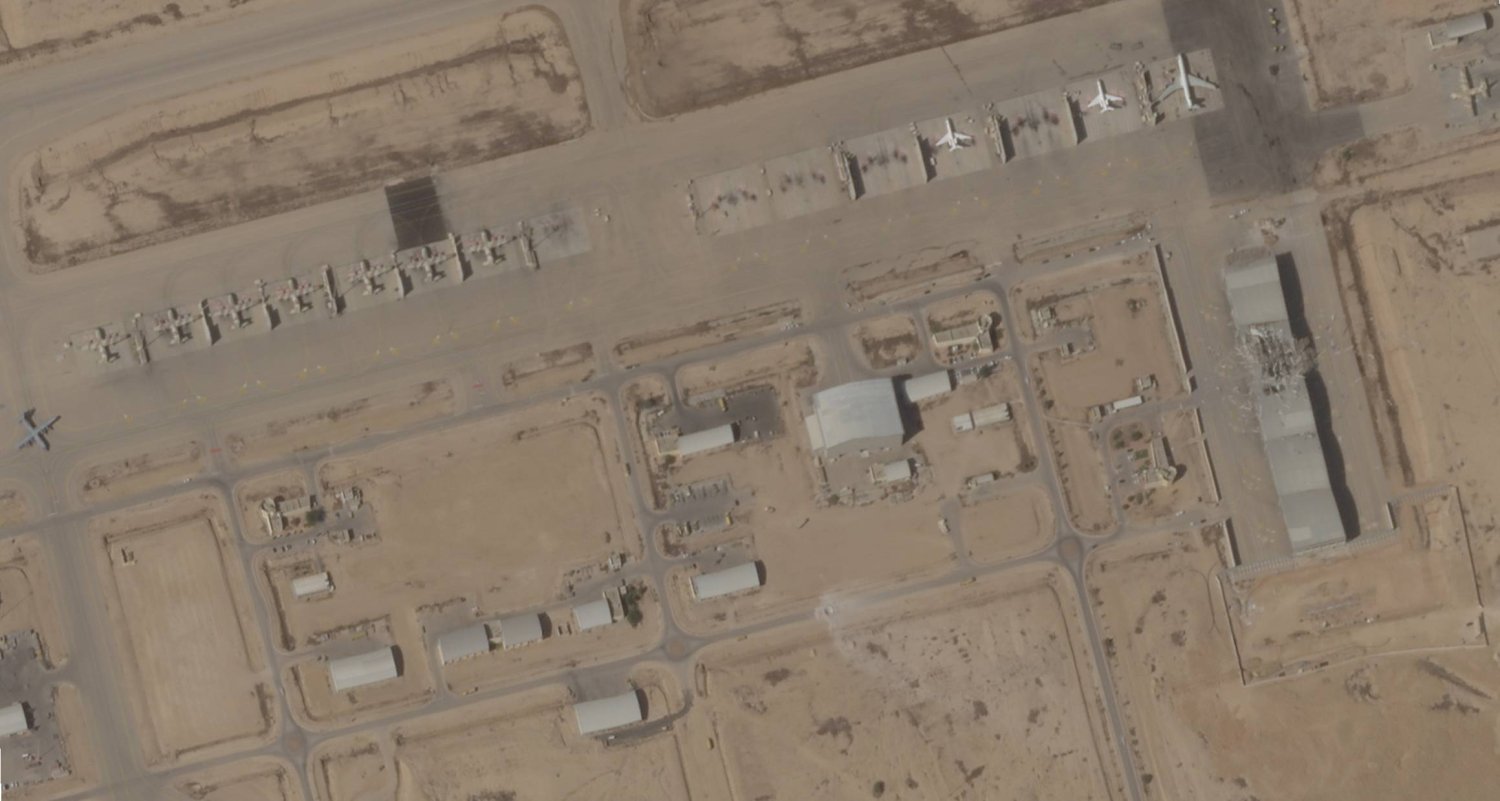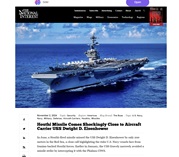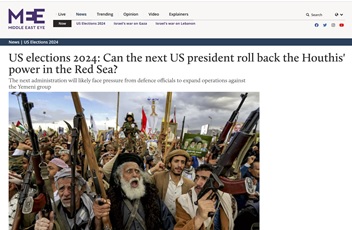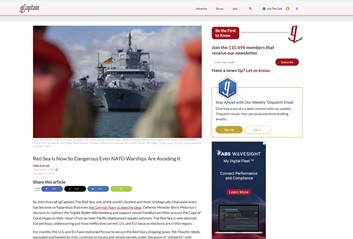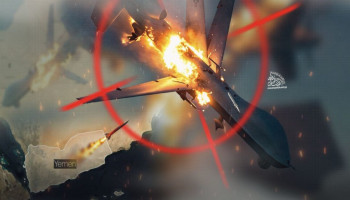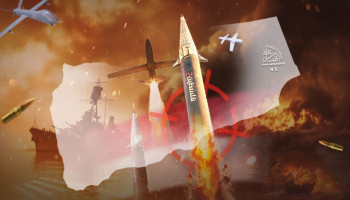The United States' rising concern over the Yemeni Armed Forces' growing strength underscores fears of losing military leverage over regional waters, and thus control over unfolding events in these areas. Despite some inaccuracies, a United Nations expert report published earlier implicitly recognizes Yemen’s military prowess. Maritime expert Sebastian Bruns from the Center for Maritime Strategy and Security and the Institute of Security Policy at the University of Kiel in Germany even remarked that the Yemenis have proven to be “a formidable power.”
Many international reports likewise highlight the United States' inability to re-establish deterrence or assert dominance over the Red Sea, a critical factor for securing navigation for the Zionist entity. The Yemeni operations in solidarity with the Palestinian cause in Gaza, and later in support of Lebanon, have had a significant impact on both Israel and the U.S., tilting the balance of power and exposing imperial vulnerabilities. As a result, assessments have placed Yemen at the forefront of Arab geopolitics and an influential force on the international stage. How did Yemen come to be perceived this way, even by its adversaries?
Strikes Within Israeli Depths
Yemeni weaponry continues to inflict both material and psychological damage on the Zionist entity and, by extension, the United States. Every time these powers attempt to regain the upper hand, a Yemeni missile or drone delivers a setback. Recently, after the entity and the U.S. attempted to project an image of Yemen softening its stance on Gaza, they were met the next day with a dual response: a hypersonic missile striking deep into Zionist territory and an aerial attack on American assets. Furthermore, the Yemeni leadership openly defied the new U.S. administration under Trump.
In a high-profile military operation, the Yemeni Armed Forces struck Israel’s Nevatim Air Base in southern Palestine with a "Palestine 2" hypersonic ballistic missile, hitting the target successfully. Yemeni air defenses also downed an American MQ-9 drone during hostile operations over al-Jawf province, marking the twelfth amidst the ongoing, "Promised Victory" and "Holy Jihad," in support of the Al-Aqsa Flood battle.
The Strategic Significance of Nevatim Air Base
The Nevatim Air Base, targeted by Yemeni forces, is a linchpin of Israel's nuclear weapons program. Situated southeast of Beersheba, housing critical military assets, including F-35I Adir fighter jets customized from Lockheed Martin’s F-35s, electronic surveillance aircraft, and the Zionist presidential Boeing 767. There is even speculation that the base may store nuclear bombs. Originally established in 1947, Nevatim has undergone extensive developments, bolstered by support from the entity and U.S. authorities.

Admission of Defeat by American Commanders
Former U.S. Central Command chief General Frank McKenzie conceded that what they call the "Houthis" have effectively outmaneuvered U.S. efforts in the Red Sea and Bab al-Mandeb. In a report by Middle East Eye, McKenzie acknowledged Yemen's success, attributing it to the Biden administration’s reluctance to deploy overwhelming firepower. He warned that Yemeni control over Bab al-Mandeb poses a direct threat to American forces. U.S. Admiral George Wikoff of the Fifth Fleet also highlighted the challenges of establishing deterrence, conceding the advanced capabilities of Yemeni forces.

European Retreat and Changing Dynamics
In August, Dutch frigate commander Javan Boesikom announced a full withdrawal from the European Aspides mission in the Red Sea, citing Yemeni attacks. The operations were described as "violent and unpredictable," underscoring the formidable challenge faced by Western military coalitions. This sentiment reverberates throughout Europe and the United States, whose naval missions have faced repeated setbacks.
Yemen’s declaration of "Promised Victory and Holy Jihad" against Israel makes it clear that foreign military presence near Yemen will not be tolerated, a stance reiterated by Sayyid Abdul-Malik al-Houthi.

Western Naval Forces in Crisis
A report from the Center for European Policy Analysis outlines the vulnerability of Western navies, noting Germany's decision to avoid the Red Sea. The director of the Geostrategy Council called this retreat "shameful," reflecting growing alarm. Similarly, gCaptain, a maritime news agency, reported that NATO warships now view the Red Sea as perilous, leading to rerouting around the Cape of Good Hope. This highlights the severe threat Yemeni forces pose to global maritime security.
Technological Advancements in Asymmetric Warfare
Yemen’s advancements in asymmetric warfare, including unmanned underwater vehicles called "al-Qari'ah," have further complicated the situation in the Red Sea for the enemies. Army Recognition described these torpedoes as highly disruptive, featuring capabilities that allow them to operate stealthily.
Economic Costs and Strategic Threats
A report from Brown University estimated U.S. expenditures against Yemeni forces at nearly $4.86 billion, warning of escalating financial burdens without a resolution. Yemen’s arsenal, ranging from low-cost drones to sophisticated missiles, has demonstrated remarkable effectiveness against costly American defenses, creating a mounting strategic dilemma.



